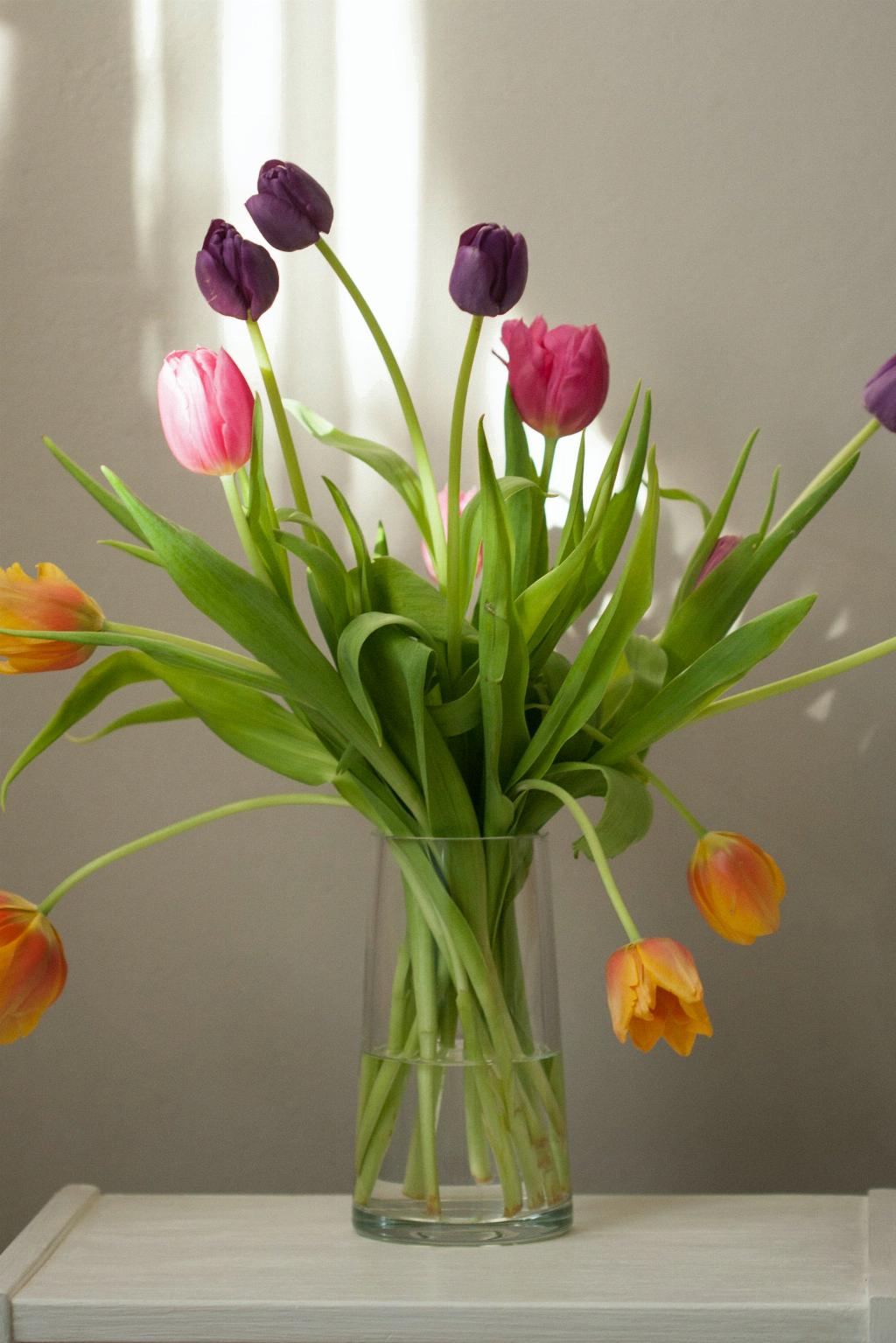When it comes to planting cut tulips, it is essential to understand the intricacies involved in the process. One common misconception is that cut tulips can be directly planted to grow new flowers – unfortunately, this is not the case.
Tulips and Their Growth Structure
Tulips, like many flowering plants, grow from bulbs. These bulbs contain all the necessary nutrients and energy for the tulip to sprout, grow, and bloom. Root formation in tulips solely occurs from the bulb itself, making it impossible for cut tulips to develop roots.
Challenges of Planting Cut Tulips
Without the bulb, cut tulips lack the vital components required for new growth. Attempting to plant cut tulips in soil will only result in wilting and decay, as there is no source of nourishment or root system to support the plant.
Alternative Methods for Growing Tulips
While cut tulips cannot be planted to grow new flowers, there are alternative methods for propagating tulips. One option is growing tulips from seeds, although this process requires patience as it can take up to three years for the plant to bloom.
Optimal Planting Practices for Tulips
For individuals looking to enjoy the beauty of tulips in their garden, the most effective method is to plant bulbs in the fall for spring blooms. This allows the bulbs to establish roots over the winter months and produce vibrant flowers once the weather warms up.
Tips for Successful Tulip Planting
When planting tulip bulbs, it is crucial to choose a location with well-draining soil and adequate sunlight. Digging holes at the appropriate depth and spacing the bulbs correctly can significantly impact the growth and flowering of the tulips.
Caring for Tulips Throughout the Seasons
After planting tulip bulbs, it is essential to provide proper care to ensure their health and vitality. Regular watering, fertilizing, and protection from pests and diseases are key aspects of maintaining thriving tulip plants.
Benefits of Growing Tulips
Tulips are not only a visually stunning addition to any garden but also symbolize love, passion, and elegance. Their wide range of colors and varieties can create a vibrant and captivating display that enhances the beauty of outdoor spaces.
Exploring Tulip Varieties
From classic single-flowered tulips to exotic parrot tulips, there is a diverse range of tulip varieties to choose from. Each type offers unique characteristics in terms of color, shape, and flowering patterns, allowing gardeners to showcase their personal preferences.
Creating Stunning Tulip Displays
For individuals interested in creating stunning tulip displays, combining different tulip varieties with complementary flowers and foliage can result in visually striking arrangements. Experimenting with various color schemes and textures can add depth and dimension to garden beds and containers.
Harvesting Tulip Bulbs
Once tulip flowers have faded, allowing the foliage to wither naturally before removing it will enable the bulbs to gather nutrients and energy for the next blooming season. Harvesting and storing tulip bulbs properly can ensure healthy growth and flowering in subsequent years.
Conclusion
In conclusion, while planting cut tulips may not yield successful results due to the absence of bulbs, there are alternative methods for growing tulips that require patience and proper care. By understanding the growth structure of tulips and following optimal planting practices, gardeners can enjoy the beauty and charm of these beloved flowers in their outdoor spaces.

